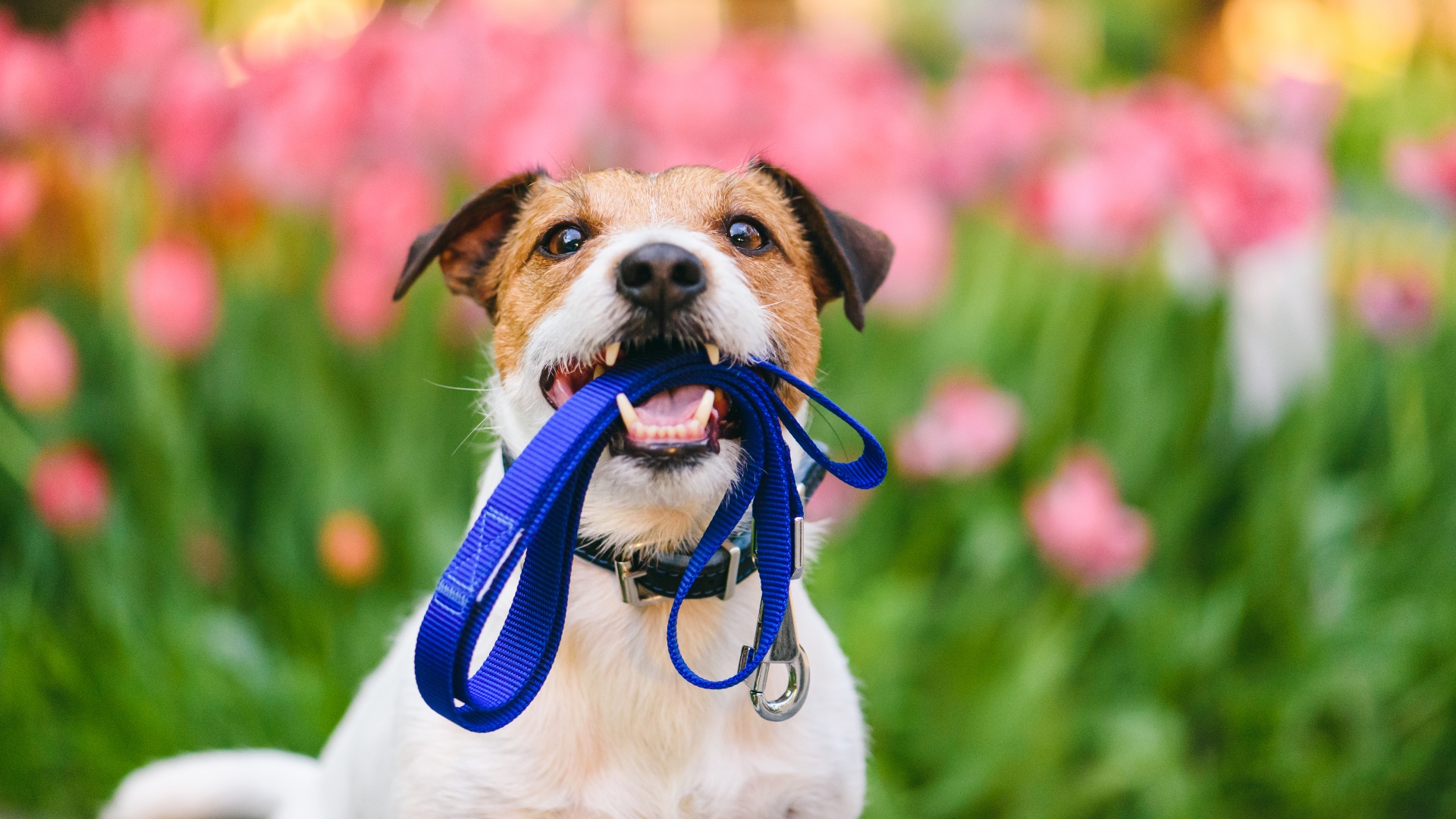Expert reveals secret to successfully training your dog — and it's super effective!
When it comes to improving your dog's behavior, trainer reveals why it all comes down to changing their environment

Whether it's learning how to stop a dog pulling on a leash or teaching your dog important commands like 'sit' and 'stay', training can be both rewarding and challenging.
And while most trainer's are reluctant to spill their secrets for free, we're always so appreciative of expert's like Jill Hasservoot from Jack and Jill Dog Training who are willing to share their favorite tips on social media to help make our lives that little bit easier.
In a recent video posted on Instagram, Hasservoot is getting crystal clear on what you need to do to set your dog up for training success with whatever behavior it is you're trying to teach. Check out the clip below or read on to find out more...
A post shared by Jill Hassevoort | Virtual Dog Training and Behavior (@jackandjilldogtraining)
A photo posted by on
"Behavior doesn’t come out of nowhere. It always happens as a result of the conditions. All animals, dogs included, will do behavior when the environment indicates reinforcement is available for it," explains Hasservoot.
"For example, they don’t just bark and lunge out of nowhere — they bark and lunge when the presence of the stranger signals that they’ll experience relief if they bark and lunge. The stranger will go away."
So, what's the solution? Well, according to Hasservoot, it all comes down to focusing on controlling your dog's environment to change their behavior as opposed to trying to control their behavior without any change to their environment.
"When we don’t do anything to control the environment, we are fighting against that learning history," she explains.
Get the best advice, tips and top tech for your beloved Pets
"Our dogs will likely keep rehearsing the unwanted behavior. Our efforts will be ineffective, frustrating, and we’re more likely to fall to forceful or punitive tactics."
With that in mind, Hasservoot has outlined a few examples of how you can control your dog's environment and change their environment:
- Putting film on your front windows if your dog barks at passersby
- Choosing walk locations strategically if your pup tends to be reactive when they're on the leash
- Creating a space for your dog to enjoy their food without being bothered by other animals and housemates if they struggle with resource guarding, food aggression, or if other dogs steal their food.
"Dogs thrive when they’re given the opportunity to make choices. If we control the environment, we give them the opportunity to do so safely," explains Hasservoot.
So, next time you find yourself frustrated by your dog's behavior, why not try making some simple changes in their environment? You may just find it makes all the difference.

Kathryn is a freelance writer who has been a member of the PetsRadar family since it launched in 2020. Highly experienced in her field, she's driven by a desire to provide pet parents with accurate, timely, and informative content that enables them to provide their fur friends with everything they need to thrive.
Kathryn works closely with vets and trainers to ensure all articles offer the most up-to-date information across a range of pet-related fields, from insights into health and behavior issues to tips on products and training.
When she’s not busy crafting the perfect sentence for her features, buying guides and news pieces, she can be found hanging out with her family (which includes one super sassy cat and a kitten), drinking copious amounts of Jasmine tea and reading all the books.
She has written for a range of publications, including Fit&Well, Top Ten Reviews, LiveScience, Goodto, and Product Hunt.
